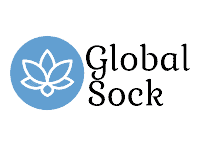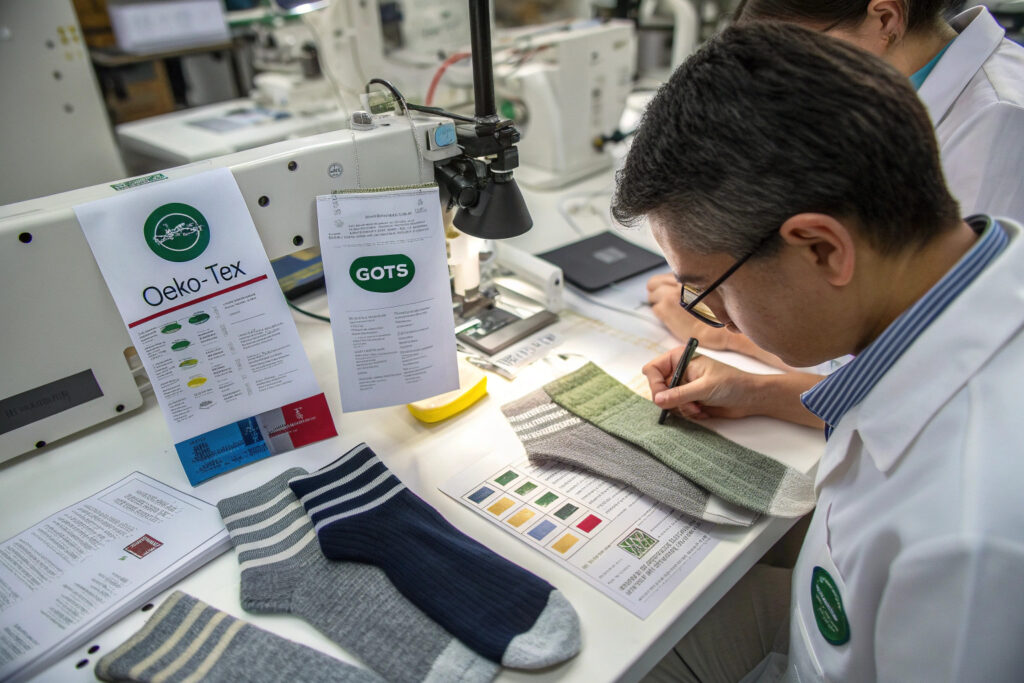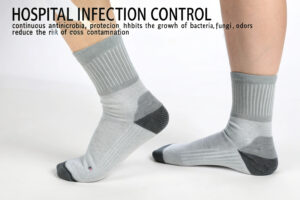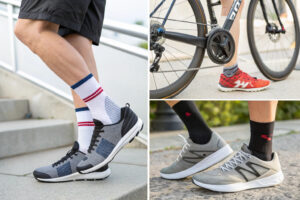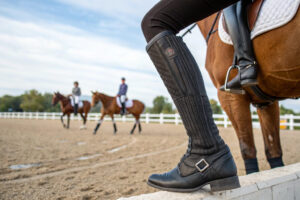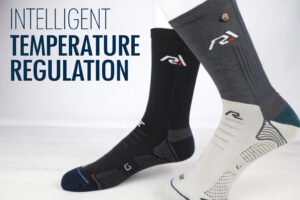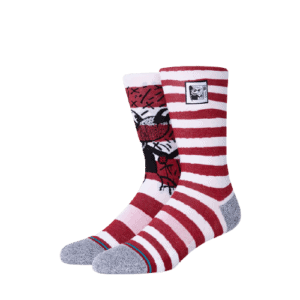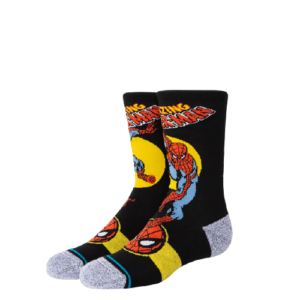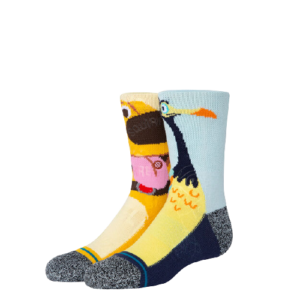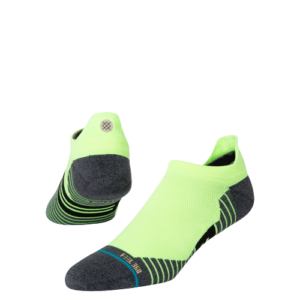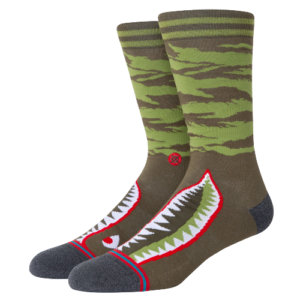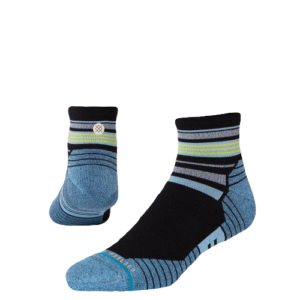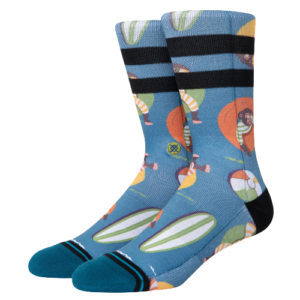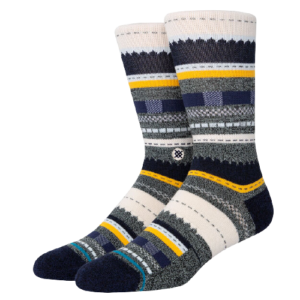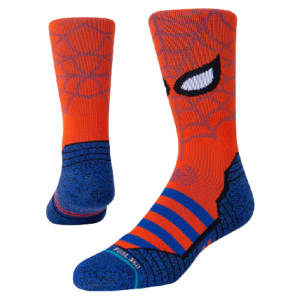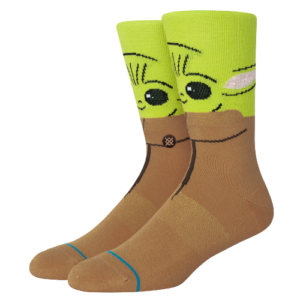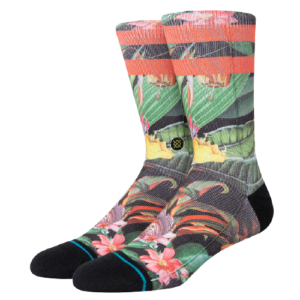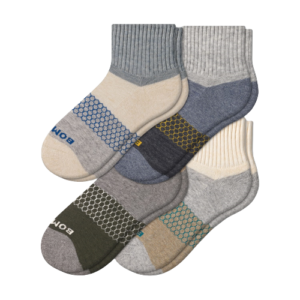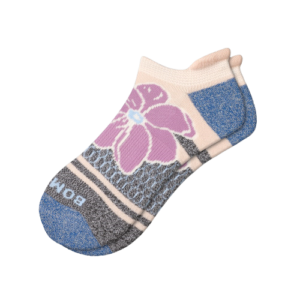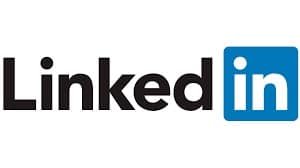Sustainability is no longer optional—especially if you're selling socks in the European market. From Germany to Scandinavia, buyers are demanding eco-friendly materials and certifications that prove it. Two labels dominate this space: OEKO-TEX® and GOTS.
To meet EU eco-certifications, socks must be designed using safe, traceable, and sustainable practices from fiber sourcing to finishing.
At GlobalSock, we help brands across 30+ countries develop socks that pass Europe’s strict green requirements. If you’re sourcing for retail, eCommerce, or private label, this guide will help you understand what matters and how to get certified socks to market.
What Are the Key EU Eco-Certifications for Socks?
Eco-certifications are your proof of compliance with environmental and health standards. Without them, access to EU shelves can be blocked.
OEKO-TEX and GOTS are the most trusted sock certifications in Europe for health safety and sustainability.
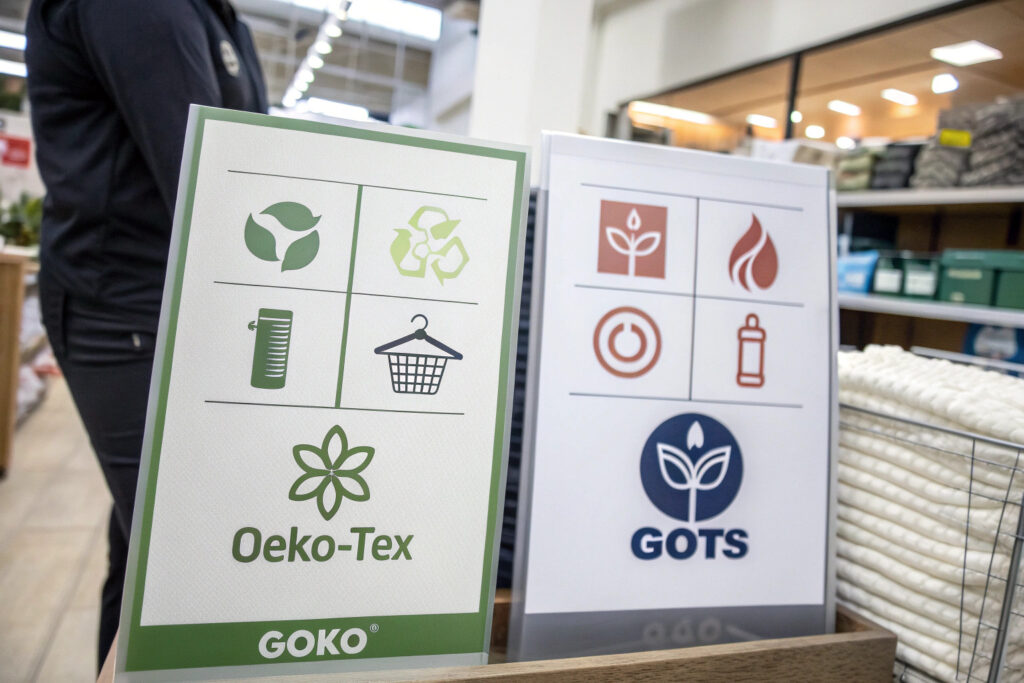
What Is OEKO-TEX Certification?
OEKO-TEX® Standard 100 ensures textiles are free from harmful substances, including:
- Azo dyes
- Formaldehyde
- Heavy metals
- Allergenic colorants
It applies to every sock component—from yarn and thread to elastic bands and labels. Certification is product-level, not factory-level.
Resource:
What Does GOTS Cover?
GOTS (Global Organic Textile Standard) focuses on:
- Organic fiber content (minimum 70%)
- Social and environmental compliance in production
- Prohibited chemical use
It's a supply chain-wide certification, covering farms, spinning, dyeing, and knitting. We often work with GOTS-certified yarn suppliers to help clients meet this requirement.
Details:
How to Choose Materials That Qualify for Certification?
Materials matter. You can’t claim sustainability using regular cotton and expect to pass.
Only certified natural or recycled fibers should be used when designing for EU-certified socks.
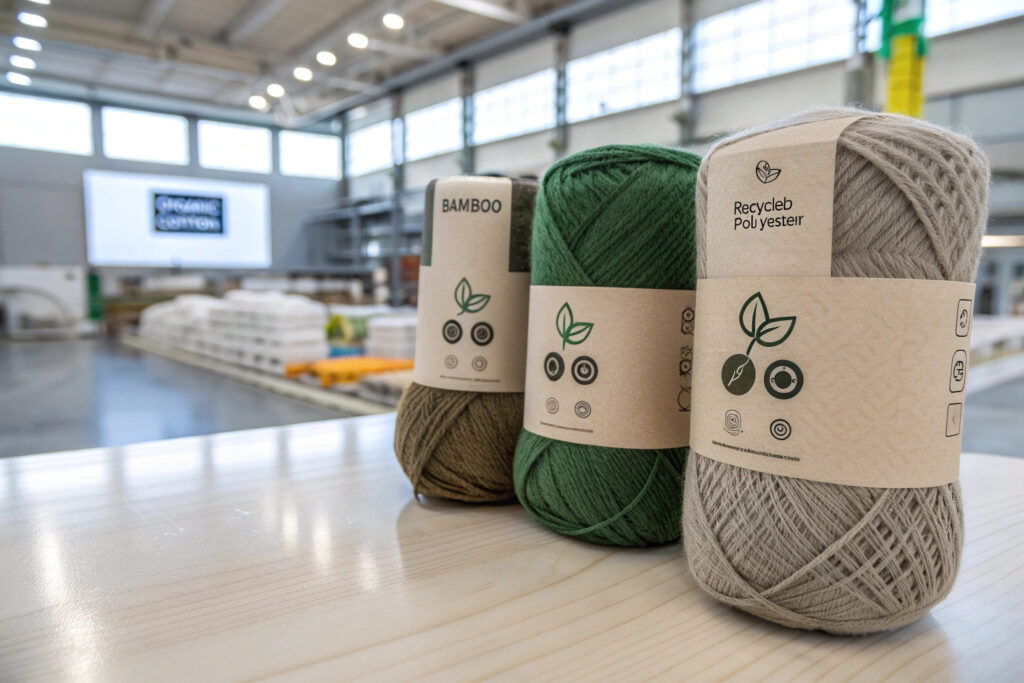
Which Fibers Are Accepted by GOTS and OEKO-TEX?
Approved choices include:
- GOTS: Organic cotton, organic wool
- OEKO-TEX: Bamboo, modal, lyocell, recycled poly/nylon
We work with certified yarn mills that provide:
- Transaction certificates
- GOTS scope certificates
- Material test reports
Helpful source:
How to Avoid Contamination During Production?
Segregation is key. For GOTS socks, we:
- Use separate machines for organic vs conventional fiber
- Schedule clean-downs between batches
- Maintain digital yarn traceability per lot
We also train workers on chemical handling, ensuring no cross-contamination from oil-based lubricants or prohibited cleaners.
What Manufacturing Practices Support Certification?
Certifications aren’t just about raw materials—they cover how the socks are made. Every step from dyeing to packaging must meet standards.
Eco-certification-ready factories use compliant chemicals, track traceability, and follow social responsibility protocols.
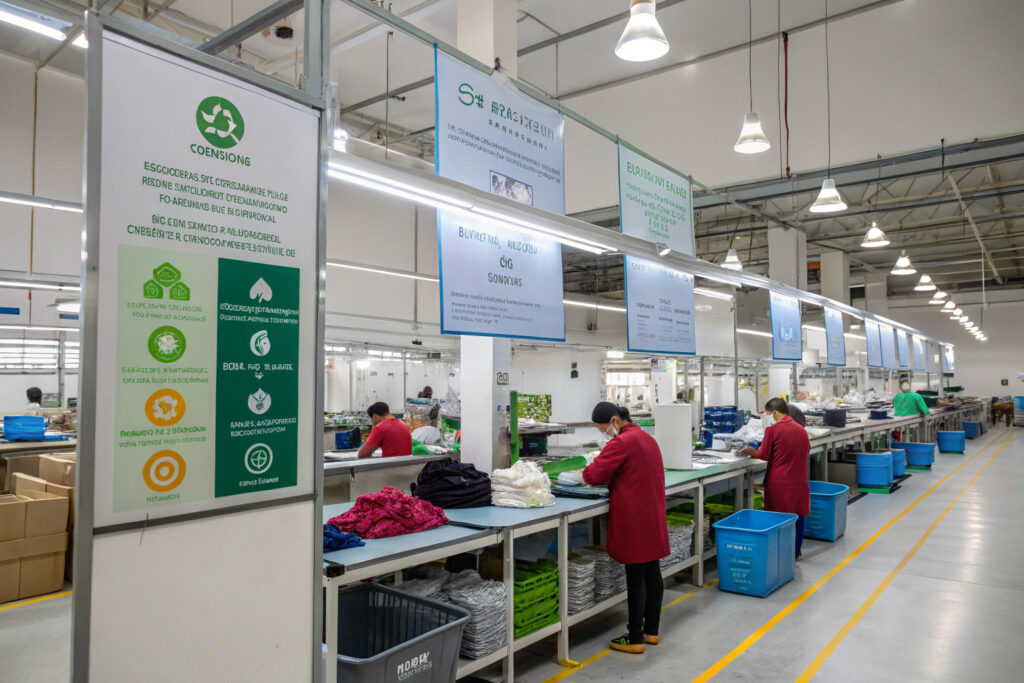
What Dyes and Finishes Are Allowed?
Only GOTS-approved dyehouses and OEKO-TEX-compliant auxiliaries can be used. This means:
- No chlorine bleaching
- No silicone softeners
- No heavy-metal dyes
We partner with local Keqiao dyeing facilities that are audited annually and keep MSDS (Material Safety Data Sheets) for all chemicals used.
Great resources:
How Do We Track Eco Compliance?
Every order is linked to a digital compliance ID with:
- Yarn origin
- Dye batch logs
- Knitting machine output
- Packaging materials (recycled/recyclable)
We also offer QR code-enabled labels that let your customers verify OEKO-TEX® or GOTS status online.
How to Label and Market Eco-Certified Socks?
Once you pass certification, make it count in the market. Buyers in the EU actively look for these logos during purchase decisions.
Proper labeling helps increase trust, drive conversion, and comply with EU greenwashing laws.
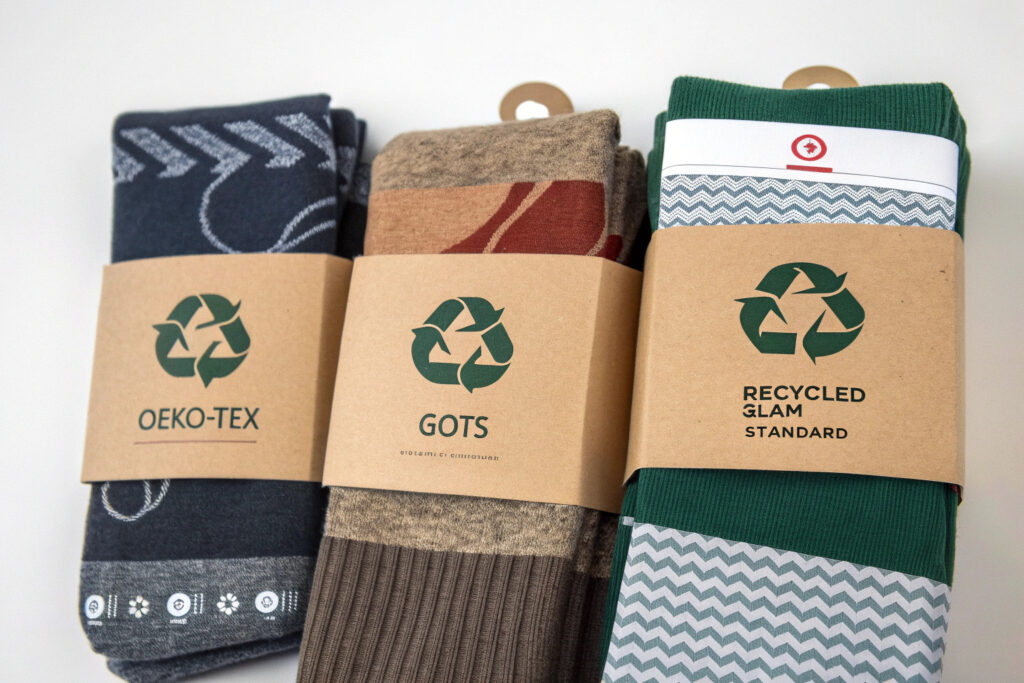
Where Should the Certification Logos Go?
Common placements include:
- Belly band labels
- Header cards
- Outer carton printing
Make sure logos are licensed for use—both OEKO-TEX and GOTS have logo use rules. Mislabeling can lead to customs blocks or legal claims.
Read:
How to Communicate the Eco Story to Buyers?
Use:
- QR codes linking to your certification documents
- Icons like “Certified Organic,” “Tested Safe,” or “Zero Harm”
- Packaging text like “GOTS Certified Yarn & Dyeing”
We also help clients create virtual showroom pages for B2B and retail partners to verify materials and traceability before placing large orders.
Conclusion
Designing socks that pass EU eco-certifications is a process that starts with sustainable fibers and ends with transparent, compliant packaging. At GlobalSock, we’ve developed workflows, supplier networks, and audit-ready documentation that simplify the journey for brands serious about green exports. If you're looking to grow in the European market, it’s time to design socks that not only look good—but stand up to scrutiny.
